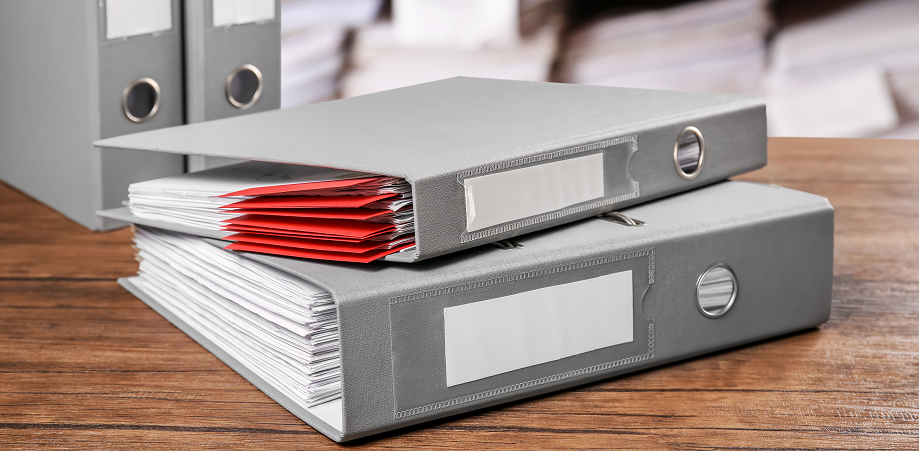Information regarding Aviation Service Bulletins Presented by Steve Bentley on behalf of Sofema Aviation Services (SAS) www.sassofia.com
Introduction
A Service Bulletin (SB) is the document used by manufacturers of aircraft (Type Certificate Holders), their engines, or their components (Original Equipment Manufacturers – OEM) to provide controlled information regarding changes, required inspections, or modifications provided together with the justification to support the SB embodiment.
Typical Situations / Events which may require Service Bulletin activity SB
- Related to safety issues (Mandatory & Alert SB).
- To mitigate potential maintenance errors.
- Improve product reliability or Extend Product Life.
- Improve Maintainability.
- Additional features / functions.
- Exchange Product.
- Enhance aircraft, engine, or other product Design or Performance.
If the SB requirement is NOT related to safety the aircraft owner may elect to perform a cost-benefit analysis. (CBA)
- A CBA will compare the cost of compliance against the anticipated benefit obtained by embodying with the service bulletin.
o This “CB” analysis should enable the continuing airworthiness responsible manager or owner / operator to determine whether it is beneficial to embody a particular service bulletin.
o There is no regulatory “legal” obligation or requirement for an Operator to embody an SB.
Note – When the manufacturer identifies an SB as related to a specific safety concern it is typically issued as an Alert SB (ASB). Moreover, the Regulatory Authority (of the State of Design) is also informed as they may decide to issue an Airworthiness Directive which is often referenced to the ASB.
An alert service bulletin is issued when an unsafe condition shows up that the manufacturer believes to be safety-related. Service bulletins may on occasion be “adopted” by the regulatory authorities and lead to the issuance of Airworthiness Directives by the appropriate regulatory authority.
What is the Difference between an Airworthiness Directive & A Service Bulletin (SB)?
- Whilst, as we have just understood an SB, does not carry what could be considered as a mandatory requirement, An Airworthiness Directive (A.D.) is a directive issued when the Airworthiness Authority relevant to the State of the Type Certificate (TC) Holder or State of Aircraft Registration’ realizes that a serious condition exists in a product (aircraft engine, airframe, appliance or propeller). Which if not addressed could have a serious outcome.
Note – The AD is a mandatory requirement which must be complied with.
Related to SB Compliance
Although a service bulletin may be categorized as mandatory by the manufacturer, it is crucial to know that compliance with service bulletins is not automatically required.
For example, In respect of European Aviation, It is only EASA who may issue (or adopt an SB requirement).
- In cases where the product, part, appliance, or modification (e.g. STC) to which the AD applies is of non-European design) mandatory information (in the form of an AD) is provided in order to react without undue delay to a given safety problem.
- SBs (or equivalent documents) issued by Design Approval Holder (DAH) do not have a legally “mandatory” equivalent to an AD and therefore cannot have enforcement implications as a result they may only serve as information or instruction by the DAH.
- This also applies to cases where a Service Bulletin indicates that it has been published in anticipation of an AD, to be issued by the competent authority (EASA or other authority acting as the State of Design) at a later stage.
- Within the organisation it is the responsibility of the Continuing Airworthiness Management Organisation (CAMO) to determine which Service Bulletins should be incorporated.
o This is typically based on an evaluation of return on investment (ROI) after considering data from the reliability department and taking into consideration such matters as the remaining length of lease and any additional perceived benefits – for example, passenger comfort, fuel efficiency, etc.
Shall We Ignore SB’s Which Are Not Considered Safety Related?
Compliance with service bulletins basically translates into higher costs to the aircraft owner. Whether it requires the performance of a more detailed and elaborate inspection or replacement of a component, the service bulletin’s recommendation simply means that the aircraft owner has to dig deep into the company coffers. As a result, many aircraft owners reject or defer compliance with service bulletins in order to save money.
However whilst EASA or the FAA do not necessarily demand an aircraft owner to comply with service bulletins any inaction may come back to haunt the aircraft owner at some time in the future.
Take Away – It is always important to keep in mind that manufacturers issue service bulletins because they believe compliance will make their products safer.
How Can Manufactures make an SB Mandatory?
There is a potential “workaround” for some manufactures to make a service bulletin mandatory for all the affected aircraft.
- Requirements referred to or called out in the TCDS (Type Certificate Data Sheet) or within the airworthiness limitations, part of the aircraft maintenance manual are, unexceptionally, mandatory.
The bottom line? Compliance with an A.D. is exclusively mandatory; compliance with an S.B. is not mandatory unless the service bulletin includes or is accompanied by an airworthiness directive.
Next Steps
Follow this link to our Library to find & Download related documents for Free.
Sofema Aviation Services www.sassofia.com & Sofema Online www.sofemaonline.com provide Classroom, Webinar & Online EASA Regulatory Compliant & Vocational Training. For training details, please see the websites or email Team@sassofia.com
Tags:
AD, Airworthiness Directives, aviation, aviation safety, Original Equipment Manufacturers – OEM, SAS blogs, SBs, Service Bulletins, State of the Type Certificate, TC, TCDS, Type Certificate Data Sheet




